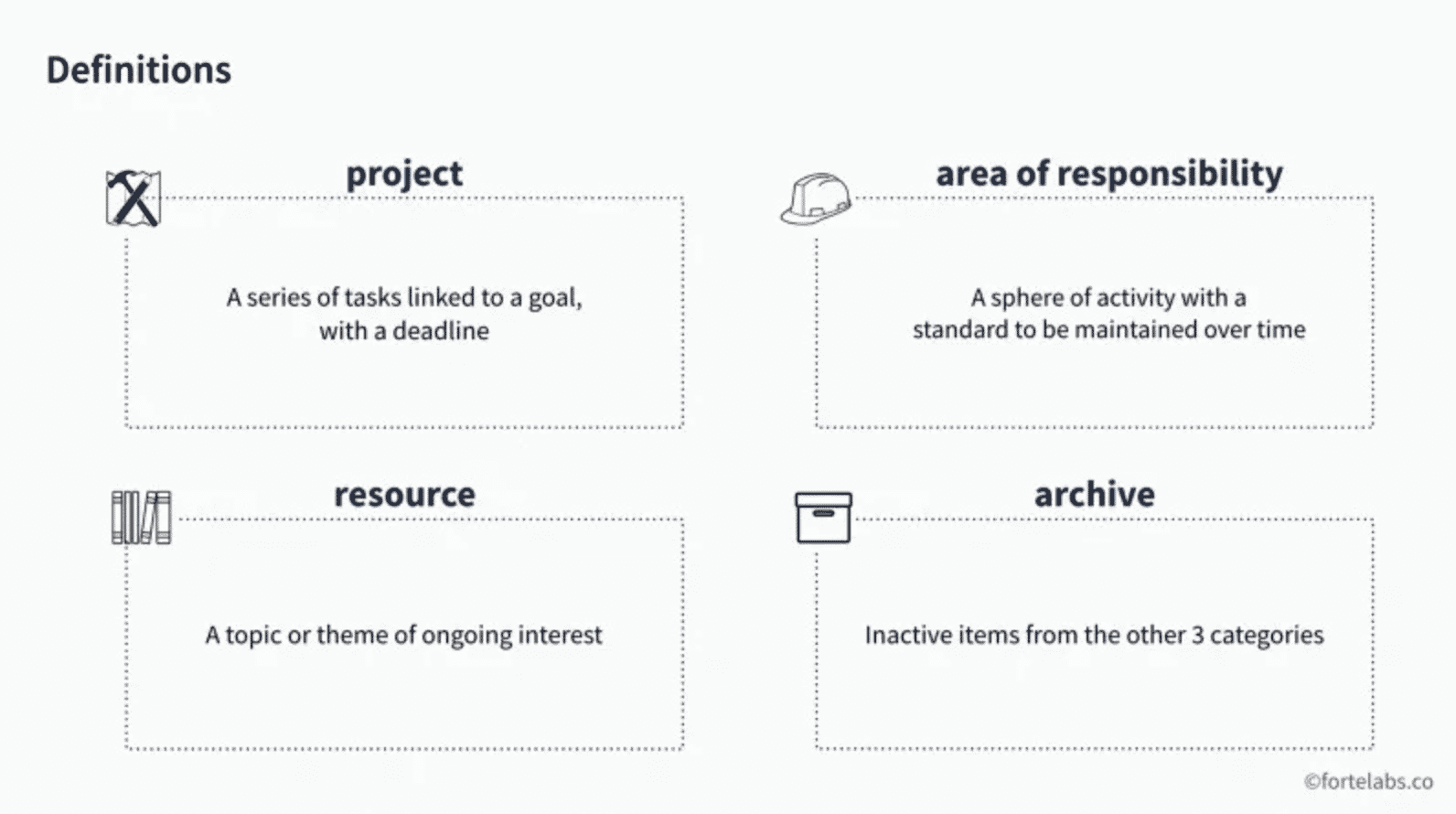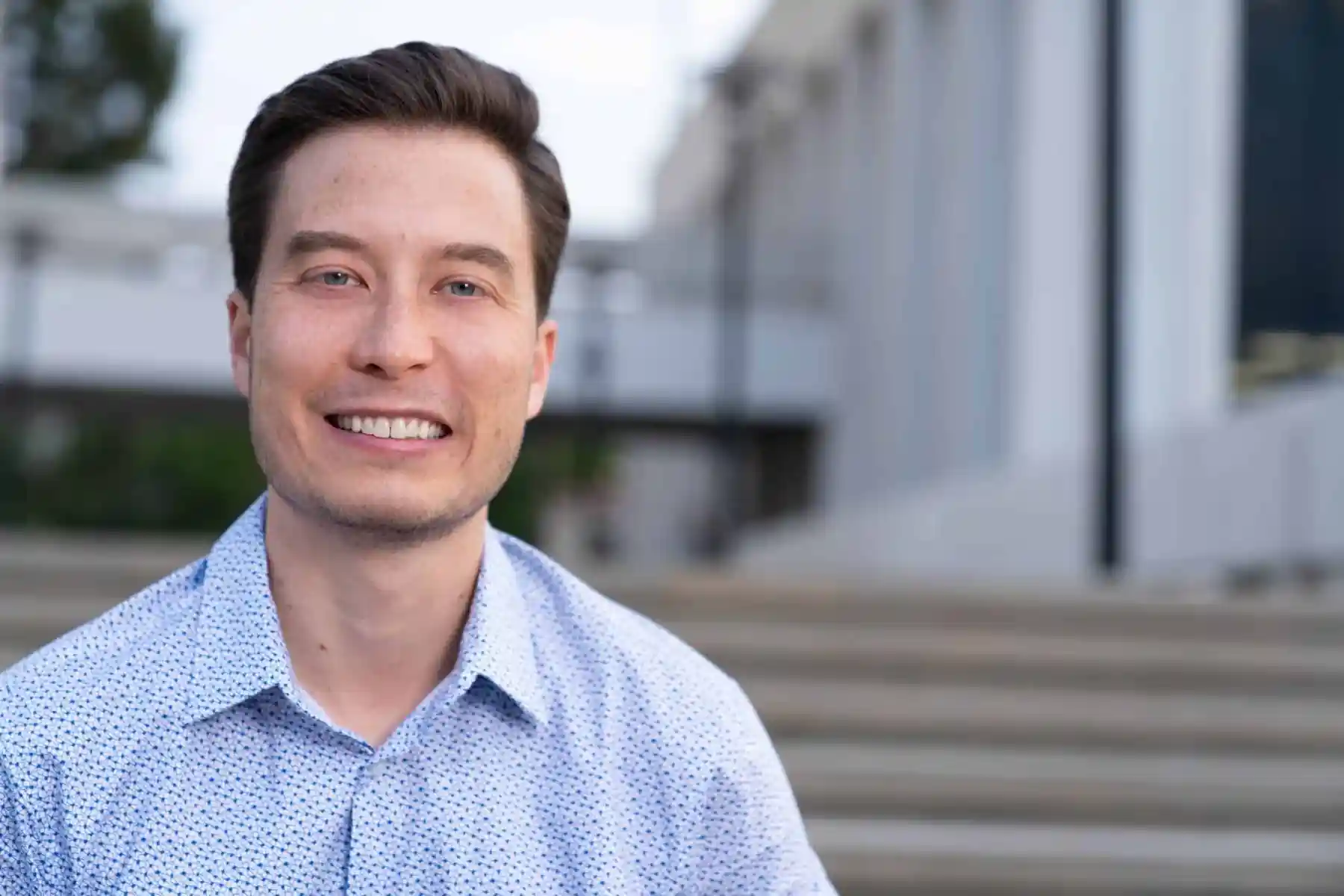- Why Build a Second Brain?
- Frameworks for Organizing Cryptocurrency (and Any) Knowledge
- Final Thoughts: You (Yes, You) are a Creator
Tiago Forte, an expert on personal knowledge management and author of Building a Second Brain, joins us to discuss how cryptocurrency researchers can leverage specific, actionable knowledge management frameworks to get the most out of their educational journey.
In his book Building a Second Brain, Tiago advocates for the power of structured learning to facilitate the dedication of developing thinking over time in any facet, whether researching a specific cryptocurrency project or redesigning a home office.
This discourse is a great fit for writers and founders.
- Writers & journalists: the journalism standard has objectively fallen in the past few decades; misinformation is at an all-time high, and the crypto bubble itself is rife with rumors. The opportunity to excel as a writer who champions truth is excellent, whether at an established publication or independent Substack.
- Entrepreneurs & builders: A personal acknowledgment framework is conducive for “exporting” the numerous data points and information founders carry around; it can assist in managing individual psychology and even make building projects more productive.
Granted, “learning about learning” will help almost any human being, so don’t feel excluded if you’re more of a casual researcher, observer, or lifelong student.
The following article is about priming your mind and setting your intentions to learn better– within and outside crypto.
Why Build a Second Brain?
Cryptocurrency knowledge is constantly evolving; as evidenced by just a few months in 2022, things can change drastically in a short period:
- One day UST & LUNA were top 20 tokens and touted as a high-flying achievement for decentralized finance; the next, they were lampooned for being impossible projects with catastrophic consequences.
- One day Three Arrows Capital was viewed as the gold standard for cryptocurrency investing; the next, it filed for bankruptcy.
- One day Celsius Network was viewed as the next big crypto startup with billions of user assets, positioning itself as the antithesis of traditional finance banks; the next, it froze all withdrawals and was heavily criticized for its gross misrepresentation of risk and hypocrisy.
This isn’t to criticize attempts at innovation within cryptocurrency, but to point out that the metaphorical shiitake mushrooms can hit the fan at any moment, and investment theses must be able to adapt if they want to survive.
Crypto projects are highly experimental and require long time horizons to realize their actual value; Satoshi’s vision for Bitcoin may not be realized for decades, if ever– the crypto researcher should view their mind as an endurance athlete.
It also requires connecting ideas; crypto, like most industries, can be an echo chamber. Our industry has a distraction issue despite attracting some of the most talented founders and technologists. Many of the industry’s brightest minds are toiling away at solutions no one will use, iterating on features people may or may not care about.
Forte’s methodologies are like having a personal assistant that reminds you what you’ve said is important to you. But remember, it’s not a “sudden download” – it’s a dynamic and flexible system and set of habits to regularly access and build upon what we need without throwing our minds into chaos.
Most cryptocurrency publications or popular Twitter accounts will urge people to “do your own research,” but few go into developing a reliable, practical system to do so.
We believe the frameworks outlined in Tiago’s Building a Second Brain are a great start.
Frameworks for Organizing Cryptocurrency (and Any) Knowledge
As someone who has seen all walks of personal knowledge management (PKMs) systems, from the endless Google Drive Labyrinth to thousands of individual scattered Evernotes (lampooning myself here), Tiago offers a reasonably practical diagnosis.
“I think the main way they go wrong is trying to architect a highly complex, strictly formal, rules-based system to organize personal information,” says Tiago. “This is completely understandable since almost every example of information systems we have exposure to is that way – from libraries using the vast Dewey Decimal system to databases with endless columns and rows, to websites that require technical skill to manage effectively. We think that knowledge is inherently formal, when in fact the exact opposite is the case.”
By focusing on immediately actionable knowledge, Tiago proposes, we can develop our personal heuristics of how to best interact with new incoming information.
“Most knowledge we use daily is incredibly messy, informal, spontaneous, and tacit. It’s not explicit facts and figures but rather metaphors, examples, rules of thumb, personal lessons learned, feelings, intuitions, etc. It’s hard for a database to capture this kind of knowledge, but the messy, freeform nature of notes is a perfect fit,” adds Tiago. “I’ve tried to spotlight the creative process of creative professionals – artists, writers, filmmakers, musicians, journalists, and engineers – because they are probably the best example of a practical system for turning inputs into outputs reliably.”
In his book Building a Second Brain (and blog), Tiago outlines several actionable guiding mechanisms to turn input into output.
One of these is PARA– a structuring framework that helps one sort information from immediately actionable to be there in case you need it:
- Projects
- Areas
- Resources
- Archives
When applied specifically to learning about cryptocurrency, PARA can be the breakout solution to making the most out of the various information we consume.

“You could simply have a single research folder where all your notes related to crypto get placed; that’s a good approach to start with since it’s dead simple and doesn’t require any decision making,” says Tiago. “But let’s say you were going to dive headfirst into the field and learn everything you can. People often think a new subject they’re learning has to be limited to one single folder within PARA, but that isn’t the case. If I was getting into crypto whole hog, I might start a project for Minting my first NFT as an experiment, or Setting up a wallet, or Writing a primer on Bitcoin I always like to get my hands dirty and start trying things as quickly as possible, since that is one of the fastest ways to learn.”
“But at the same time, I might have an area folder called “Finances” where crypto-related notes that directly impact my finances are located,” illustrates Tiago. “For example, crypto sales that will affect my taxes or overall investment goals. Then I could have one or more resource folders for different aspects of crypto, such as Economics research, Crypto predictions, or Coin background. Different kinds of information related to crypto get placed in different places depending on how actionable it is and how I intend to use it.”
CODE is a technique used by Forte to help qualify and evaluate the information we add; it guides one on how to save valuable information, break it into smaller chunks, distill those chunks into gold nuggets of information, and, finally, expressing that knowledge into creative output that can impact others.
- Capture
- Organize
- Distill
- Express
CODE can be particularly useful for those learning about crypto; Tiago recommends focusing more on trying things, making things, and applying their knowledge, and not so much on pure research.

“Reading and researching new stuff is fun because it feels like easy progress, but how do you know what you’re reading is correct, and that it works in the real world until you actually try to apply it?” posits Tiago. “You could spend years reading about every intricate detail of crypto theory, but none of that will help you or provide any return if you don’t actually buy, sell, trade, and spend actual coins. I’m not saying research isn’t important – a Second Brain is a research system – but the purpose of a knowledge system is to preserve everything you’ve learned so that you can do what only humans can do: take action. CODE is a step-by-step workflow for producing new works, asking you to move chunks of information toward a goal or outcome instead of stagnating in a filing cabinet somewhere.”
Among his unique genius, renowned physicist Richard Feynman’s ability to connect incredibly complicated concepts to everyday essential ideas has bolstered his reputation with a broader audience.
As outlined in Tiago’s book, Feynman recommended keeping a dozen of your favorite problems constantly in your mind. Although they’ll largely lay in a dormant state, every time a new relevant piece of information comes about, it can be tested against one of those problems to see whether it helps nudge the needle forward. Occasionally, there will be a hit.
We’ve all got our personal curiosities about personal finance and crypto–CryptoTwitter’s is “when moon?”– and sometimes these broad questions can help us frame our educational journeys within crypto (and into life).
We asked Tiago his open-ended question for crypto:
“My main open question related to crypto right now is:” When will this become useful and user-friendly enough to have mainstream adoption?” says Tiago. “I’m not generally an early adopter of anything tech-related, I prefer to wait until it’s matured and the winners are clear, before jumping on board. When I start to see signs that it’s becoming more widespread, I’ll start to have more curiosity and interest in it. But for now, I’m just keeping an eye on the evolution of the whole space.”
By articulating our questions, no matter how broad or narrow, we provide our curiosity a North Star. As an infrastructure-grade technology, the blockchain can connect to virtually every industry in some capacity– so these open questions may not necessarily even be crypto-specific.
With emerging trends such as the growing ReFi (regenerative finance, where the blockchain is used to help reverse climate change) and NFTs (where the millennia-old concept of fine art collection gets a digital makeover), it’s more important now than ever to keep a broad view on beyond the cryptocurrency industry.
However, without an organized personal knowledge management system, it’s much harder to connect our thoughts– our mind becomes cluttered with seemingly unrelated concepts that may be incredibly valuable when connected.
“Crypto in many ways is the leading edge of a trend that I think over time will touch every field: every field is becoming more heterogeneous, more intersectional, and more cross-functional,” says Tiago. “There was a time you could just be, say, a journalist. Now, in order to succeed at journalism, you need to understand digital marketing, online publishing, social media virality, paywalls and pricing behavior, etc. As technology invades every field, the walls that separated industries are collapsing, and everyone is in competition with everyone else.”
“This means we as individuals need to be able to learn new subjects quickly, but also traverse unfamiliar fields, connect the dots across subjects, and avoid the trap of falling into blindspots about how the world works,” says Tiago. “The very best way I know to facilitate that is to capture a wide variety of small chunks of information, keep it all in one central place where they can be compared and connected and juxtaposed, and then use those insights to take more effective action. You still need courage and creativity, but having it all in one place greatly increases the odds those leaps of insight will happen.”
Final Thoughts: You (Yes, You) are a Creator
To do the insights shared in this interview justice, we should leave on the note Tiago Forte’s systems urge– creation.
Let’s back up from our deep dive into personal knowledge management for a moment. Tiago has a newsletter earning over $1m/yr, several courses on his systems, and his recent book Building a Second Brain– which we highly recommend for any crypto aficionados, writers, journalists, founders, or lifelong students of any craft.
Tiago describes the whole purpose of his work as a means to help people shift from mere passive consumers of information to becoming active curators and creators of the information they want to see in the world.
“Having a Second Brain, or a concrete workflow in general, helps a lot, but I think there is a deeply personal moment of decision when someone decides to be seen,” says Tiago. “They step out from the shadows and choose to play on the field, instead of remaining a spectator in the stands. I honestly don’t fully understand what causes people to make that decision. But I do know that having a creative process helps you follow through on it and turn it into something more than a fleeting idea.”
As far as “playing on the field” goes in crypto, there’s blue sky and green grass anywhere you look– even in bear markets. Countless crypto startups are hiring competent self-starters in a variety of disciplines.
Even simply having a crush on an ecosystem can qualify you as a great community manager– that’s how one of the Axie Infinity execs went from Discord community manager to c-suite exec.
“I think many industries will come to resemble crypto in coming years, even if they’re not directly transformed by crypto itself,” says Tiago. “The world is getting faster, more volatile, more information-intensive, demanding more learning and change from people, and those who manage to succeed in that environment will have more and more upside at their disposal. Which is to say, even if you lose everything when the market drops, you are developing skills and a sense of situational awareness just by being active in the crypto space.”
Never Miss Another Opportunity! Get hand selected news & info from our Crypto Experts so you can make educated, informed decisions that directly affect your crypto profits. Subscribe to CoinCentral free newsletter now.











